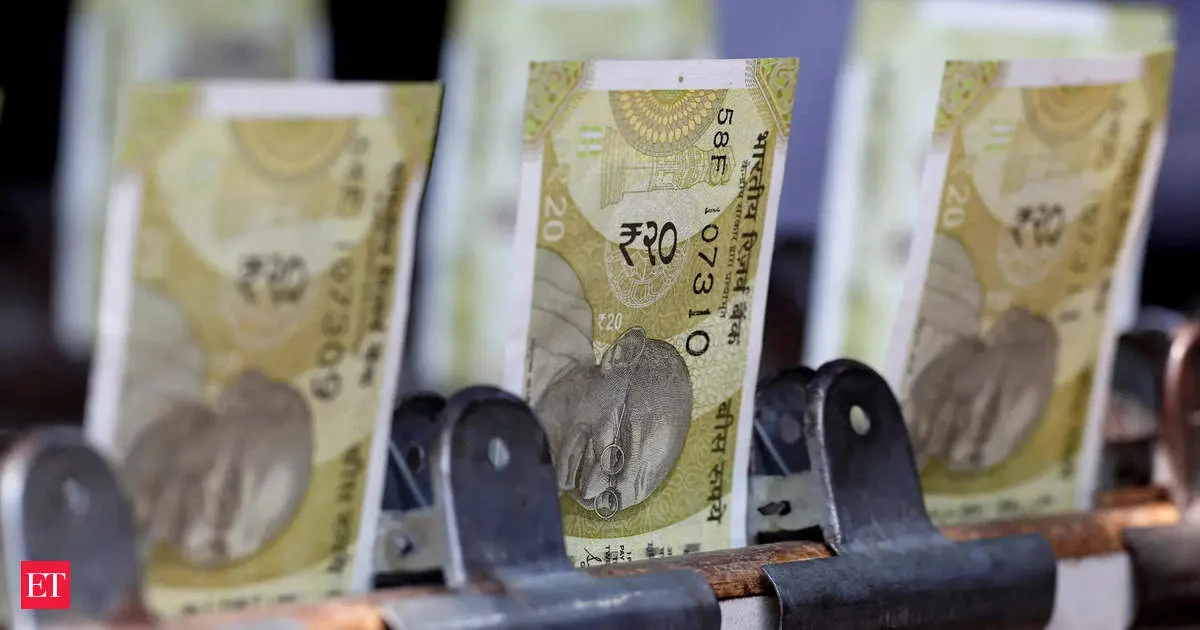Foreign Monetary Policy and India's Middle Income Trap Challenge

The Significance of Foreign Monetary Policy
Foreign monetary policy plays a pivotal role in shaping India's economy as it aims for high income status. As outlined by the World Bank, the middle income trap threatens many nations, restricting their growth potential. Without a focused strategy, India could find itself caught in stagnant progress.
Defining the Middle Income Trap
The middle income trap occurs when a country fails to transition from middle to high income due to slow growth and innovation deficits. Identified by the World Bank, such countries often grapple with outdated economic models, leading to a troubling stagnation.
India's Economic Aspirations
- Targeting a $30 trillion economy by 2047
- Per capita income aims of $18,000
- Striving for growth similar to high income nations
India must take decisive actions to circumvent the middle income trap. Niti Aayog emphasizes the necessity for a grand strategy tailoring immediate and long-term economic priorities.
Avoiding the Middle Income Trap
To escape this trap, India needs to embrace a balanced approach focusing on investment, innovation, and trade. This means aligning itself with global value chains and adopting leading-edge technologies to enhance productivity.
Strategies for Growth
- Enhance investments - Prioritize public and private sector investments.
- Foster technology adoption - Boost innovation through foreign technologies.
- Free trade alignment - Open trade channels and reduce tariffs significantly.
These strategic maneuvers are critical for India to tap into its demographic advantage while ensuring sustainable economic growth.
This article was prepared using information from open sources in accordance with the principles of Ethical Policy. The editorial team is not responsible for absolute accuracy, as it relies on data from the sources referenced.